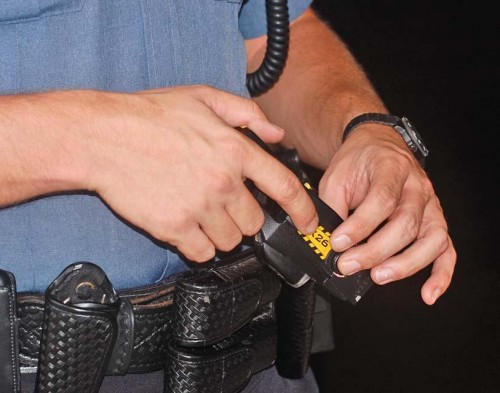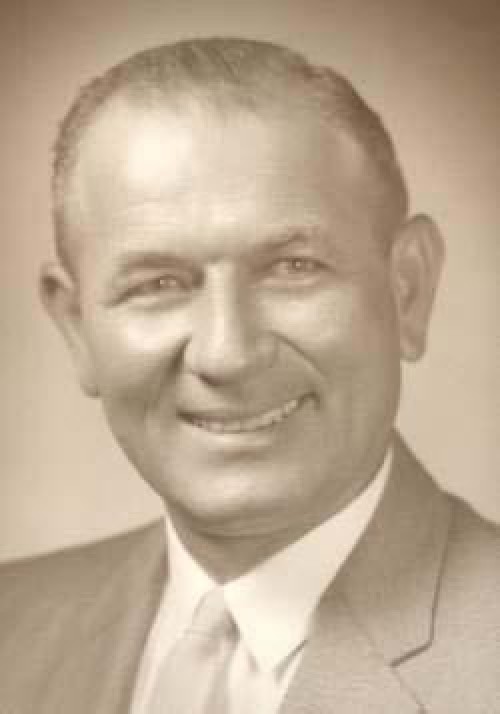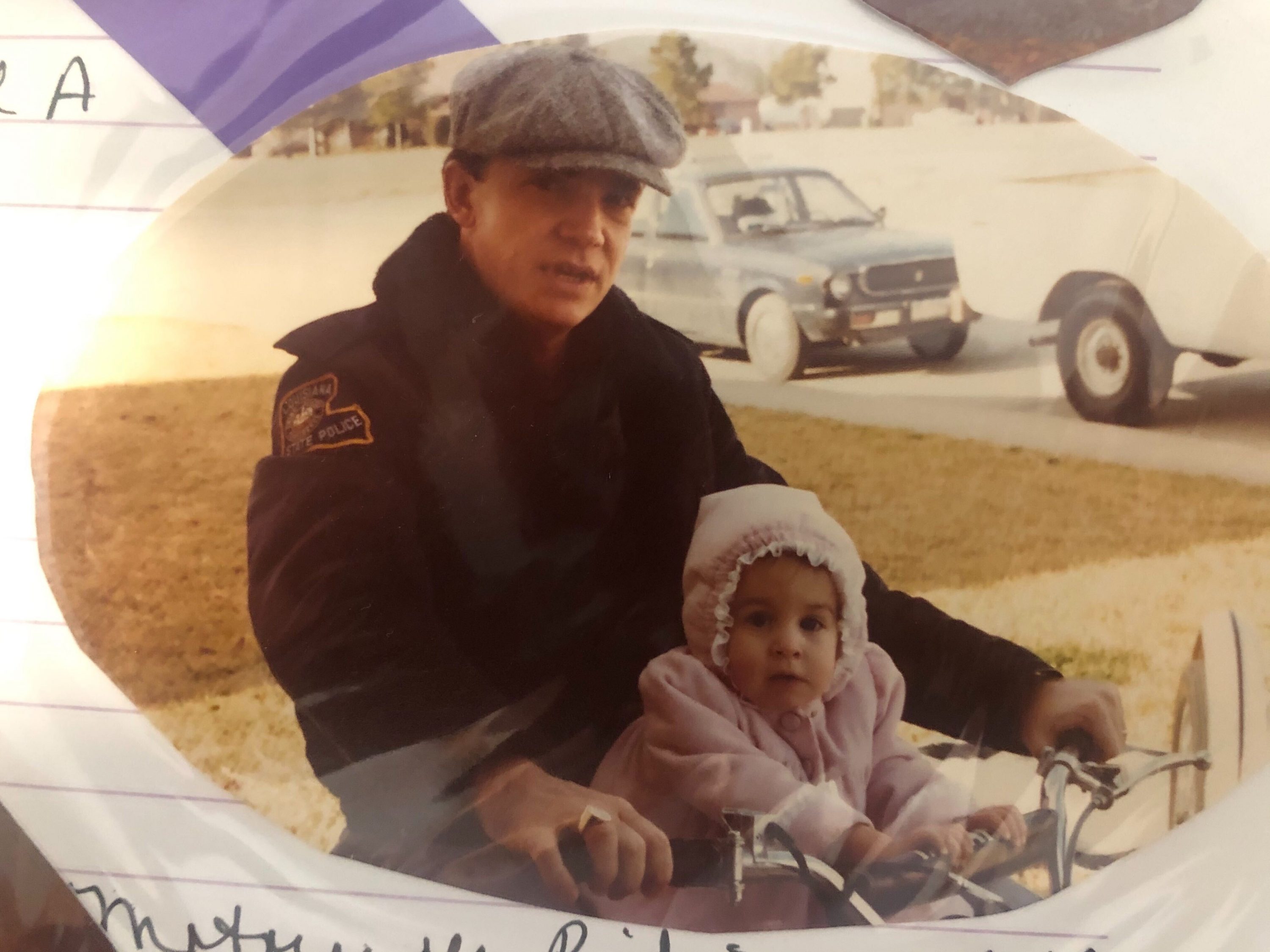
Monies to help purchase Taser packages, surveillance equipment, training and pay OT
September 14, 2010
Amery Arcement
September 16, 2010Every one of us can name our favorite high school football team, but who can name the state that is No. 1 when it comes to protecting the players?
The answer: Washington, which in 2009 passed the Zackery Lystedt law.
The law is named for a middle school student who sustained a catastrophic head injury during a game and whose fate prompted a call to action about a problem that only recently has started to get the attention it demands: concussions.
The law’s core principles speak to the gravity of the situation:
Educate and verify that all youth athletes, their parents and coaches understand the risks associated with sports-related brain injuries.
Identify and protect youth athletes so when there is a suspicion of such an injury, they will be immediately removed from play or practice.
And ensure youth athletes who are removed because of such suspicion are medically evaluated and cleared by a licensed health care provider trained in concussion evaluation and management before the athletes can return to play or practice.
Washington’s example should be followed by all states. The facts make the case: A 2009 study by the Center for Injury Research and Policy found that at least four of every 10 high school athletes who have concussions return to action too soon.
– The Town Talk, Alexandria, La.
Images coming from the Gulf of Mexico on Sept. 2 were hauntingly familiar to a region still reeling from the Deepwater Horizon disaster.
Initial reports indicated an oil platform had exploded and that an oil sheen, estimated to be one mile long, was spotted in the recently oil-stained Gulf waters.
Comparisons between that of the Mariner rig incident and the BP catastrophe were inevitable but groundless. Unlike the BP accident, fortunately there was no loss of life in the latest incident, although 13 workers were rescued from Gulf waters.
The Mariner rig is a fixed production platform, as compared to the Deepwater Horizon rig, which is a floating rig. Also, the Mariner rig was not engaged in active drilling, unlike Deepwater Horizon and the Mariner platform is a shallow water rig.
Mariner crew members were quickly able to shut off all seven of the oil and gas wells on the rig, minimizing any spill potential. In fact, earlier reports of the sheen, which were confirmed by the Coast Guard, were later refuted, and it appears no oil leaked into the Gulf.
Nevertheless, what cannot be discounted is the political fallout from another drilling-related accident. Environmentalists immediately heralded this latest incident as additional proof as to why President Barack Obama’s drilling moratorium in the Gulf, issued in May, should not be lifted.
For the oil industry, the timing could not have been worse, as industry leaders have been actively lobbying the president to lift the moratorium. Reportedly, progress was being made before this latest setback. …
Compromise is incumbent from both sides to forge necessary changes and create a marriage between oil and the environment. Increasingly stringent mandates are obviously required, as evidenced by two significant blowouts in a matter of months, but environmental groups must back away from its quest to silence an entire industry, especially one that is so crucial to the survival of a region.
Louisiana’s political and community leaders, as well as its citizens, must remain resolute in their efforts to lift the moratorium. Until practical alternative sources of energy are found, the country will be oil dependent. And as the country goes, so goes Louisiana.
– The Daily News, Bogalusa, La.







